Support vs Agreement with Conflict: Healthy Debate with the Client’s Best Interests in Mind
At Scythe & Spade we strive daily to “Simplify Complex Agribusiness Issues”. The purpose of our business is to facilitate strategic investments in agribusiness and implement efficient asset management systems. We pair investor capital with farmland to deliver financial growth and steady returns for both investors and operators. As we pursue this vision, we have the unique opportunity to provide access to the benefits of investing in farmland, while providing nutritious and healthy food, feed and fiber to a growing population. Our core values should drive most behaviors. Three of which are:
Fiduciary: we have a legal (and moral) obligation to put our client’s interest ahead of our own in all of our dealings.
Thought Leadership: it is not enough have knowledge, we need to be thinking forward, challenging our assumptions, anticipating opportunities and mitigating risks in advance. We need to be on Version 10 when everyone else is on Version 2.
People: the company’s number one asset, an elite, flat and responsive Team. We promote a culture of high performance, professional and continuous improvement.
The best teams are diverse in thinking and will always bring a variety of ideas and solutions. We want to unlock rather than constrain creativity and genius and bring forth the collective and collaborative knowledge and experience of the team. Highly functioning teams are able to put all of these ideas on the table, move them around, combine pieces from different ideas, discuss, debate and ultimately select a course of action that the entire team can get behind.
Even the best teams get stuck in a subjective (vs. objective) mindset, defending their individual ideas, trying to prove their points and explain their positions, ultimately spending way too much time moving from debate to action. Elite teams can usually create more than one good solution. And even though I might still think the nuances of my idea make it the best idea, deep down I know that other solutions will work just as well, and likely better.
Anger, anxiety, resentment, embarrassment or other emotions that block the development of trusting relationships between anyone on a team will lead to weakness on that team. Conflict is a normal part of everyday living – learning to address it in a respectful way is a valuable skill.
By focusing on “features and benefits” or “risks and mitigates” in an objective manner, every opportunity can benefit from healthy conflict via both a strong advocate and strong skeptic on our team.
Healthy debate versus dysfunctional interaction: there’s a fine line between healthy debate and dysfunctional interactions. Some people just really enjoy the debate; others enjoy the question and answer session… even when it’s no longer productive. If you find yourself stuck in the debate, take a break, go to the balcony, use the parking lot AND ask yourself how serious the consequences are. Frequently we find our individual experiences influence interpretations, lead to misunderstandings and result in delays. We always strive to advocate for the Client before ourselves.
Secretly resenting the decision, retaliation: every deal needs a strong advocate, a strong skeptic and ultimately a decision. “Maybe” is not a decision. Holdouts who finally just give in, but secretly resent the decision, can jeopardize the team, the culture and ultimately the client’s best interests. With dysfunctional teams this can be dangerous because folks who just get tired and give up may unintentionally work behind the scenes to prove themselves right in the end. You may not be able to tell it’s happening in the moment, but later it will become painfully obvious.
Even if we don’t have 100% agreement on an idea (pro or con), we can strive for 100% support before going into negotiations or investment committee meetings.
What does support look like? It’s not enough to just say I support something; I have to actually demonstrate true support during and after the meeting. The best way to ensure this is to clarify what support looks like with your team. How do we accomplish this in a timely fashion? Support looks and feels a lot like ownership. When a team decides to move forward with something, it becomes the team’s idea.

